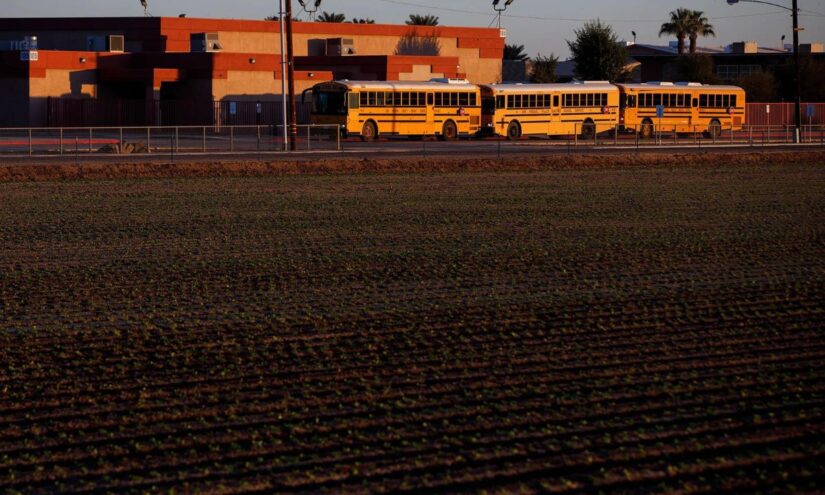Reflecting on the tenets that shape our educational practices is fundamental for …
Rural Schools in California Feel Neglected by State Leaders
Emma Wordsmith

When Denise Massey’s daughter was 6 years old, she placed the girl, who has Down Syndrome, on a van each day for speech therapy in El Centro: traveling 100 miles round trip, sometimes enduring 120-degree heat, monsoons, and severe dust storms known in the desert as haboobs.
After thirteen years, she continues the daily journey as the Imperial County school district is too small to provide a full range of special education services and there are no closer options.
“It was difficult initially. My daughter was very fatigued and would misbehave,” Massey shared. “However, the effort is justified as it’s crucial for my daughter to receive the necessary services.”
Special education presents just one of the obstacles in rural districts like San Pasqual Valley Unified, with 591 students in the southeastern part of the state where Massey’s daughter, Annabelle, attends. Challenges like transportation, teacher recruitment, contractor sourcing, paperwork management, and adherence to state regulations have become overwhelming for superintendents in these regions, demanding relief. Meanwhile, students like Annabelle occasionally miss out on opportunities that urban peers take for granted.
“Our current system is based on urban and suburban frameworks, neglecting the needs of rural schools,” explained Rindy DeVoll, executive director of the California Rural Ed Network advocating for the state’s numerous remote schools. “Educational challenges exist everywhere, but they are magnified for rural districts.”
Contrast Between Rural and Urban Outcomes
Despite California being the most populous state, 35% of its school districts are classified as rural – characterized by under 600 students and situated more than 25 miles from a city. Most counties, including heavily populated ones like Los Angeles, have rural schools within their borders.
Rural students significantly lag behind their urban and suburban counterparts by most measures. They fall well below the state average in English language arts and math proficiency, with a graduation rate of 79% – 12 points lower than the state average based on a CalMatters assessment of California Education Department data. Only 29% complete the necessary coursework for California’s public universities compared to the statewide 50%. The college enrollment rate is nearly 20% less than the state standard.
Desp…



